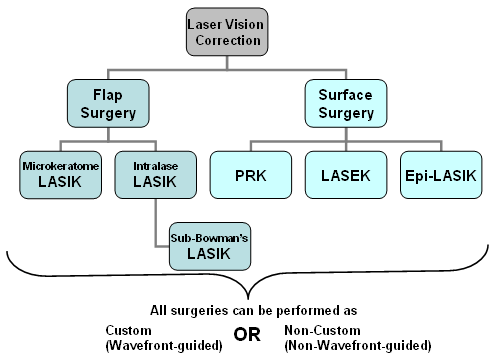Contrasting Conventional And Cutting-Edge Techniques To Glaucoma Management
Contrasting Conventional And Cutting-Edge Techniques To Glaucoma Management
Blog Article
Content By-Hendricks Jantzen
Did you understand that the evolution of glaucoma treatment approaches spans centuries, incorporating both typical remedies and cutting-edge innovations? From old herbal concoctions to sophisticated Minimally Intrusive Glaucoma Surgery strategies, the range of choices is vast. As you look into the ins and outs of standard versus cutting-edge techniques, you may discover unusual insights that challenge traditional point of views on treating this prevalent eye condition.
Historic Evolution of Glaucoma Treatments
The historic development of glaucoma therapies goes back to old worlds where different solutions were used to take care of the condition. In ancient Egypt, as an example, treatments involved a mix of honey, fat, and sour milk related to the eyes. The Greeks and Romans likewise contributed to early glaucoma therapies with a concentrate on topical applications and nutritional treatments. Throughout background, varied societies developed distinct methods to minimize the symptoms of glaucoma, often rooted in natural solutions and superstitious notions.
As time proceeded, innovations in medical understanding led to even more organized strategies to dealing with glaucoma. In the Middle Ages, Arabic scholars made substantial payments by studying the makeup of the eye and developing surgical strategies to deal with eye problems. These very early innovations laid the structure for modern glaucoma therapies that we've today. Comprehending the historical context of glaucoma treatments offers important insights right into the constant progression and refinement of clinical practices over the centuries.
Contrast of Typical Techniques
In contrasting standard techniques for treating glaucoma, take into consideration the historical contexts and efficiency of various treatments.
Institute LASIK for glaucoma have actually evolved over centuries, from old techniques like utilizing honey and white wine to a lot more current advancements such as eye declines and surgical procedures. Historically, solutions like the application of leeches or herbal concoctions were utilized to relieve signs and symptoms, yet their effectiveness was limited.
As time progressed, techniques like iridectomy, where a part of the iris is gotten rid of, became preferred for lowering intraocular stress. Some conventional methods, like making use of dental medicines to decrease eye stress, have stood the test of time and are still used today. However, these therapies typically feature side effects and may not be as reliable as modern-day alternatives.
It's important to evaluate the historical significance of typical glaucoma therapies versus their effectiveness in the context of existing clinical developments.
Assessment of Innovative Therapy Techniques
Thinking about the advancing landscape of glaucoma therapy, ingenious approaches are reinventing the means this eye condition is taken care of.
One significant development is minimally intrusive glaucoma surgical procedure (MIGS), which supplies a much less invasive option to traditional operations. MIGS intends to decrease intraocular pressure by improving the eye's natural drainage system, leading to less difficulties and faster recovery times contrasted to standard surgeries.
Furthermore, the growth of sustained-release medication delivery systems has actually supplied a more reliable means to provide glaucoma medicine. These systems can launch medicine gradually over an extended period, boosting person adherence and lowering the regularity of eye drops.
Furthermore, emerging modern technologies like discerning laser trabeculoplasty (SLT) use a non-invasive alternative for lowering intraocular stress by targeting specific cells in the eye's water drainage system.
Conclusion
As you assess the development of glaucoma treatments, you can see how conventional approaches have actually paved the way for ingenious methods to emerge.
From https://www.dovepress.com/toric-implantable-collamer-lens-for-the-treatment-of-myopic-astigmatis-peer-reviewed-fulltext-article-OPTH to contemporary improvements, the trip of treating this complex eye problem has been like a rollercoaster experience.
But with new methods like MIGS and sustained-release medication distribution, the future appearances brighter than ever for patients looking for reliable and less invasive options.
